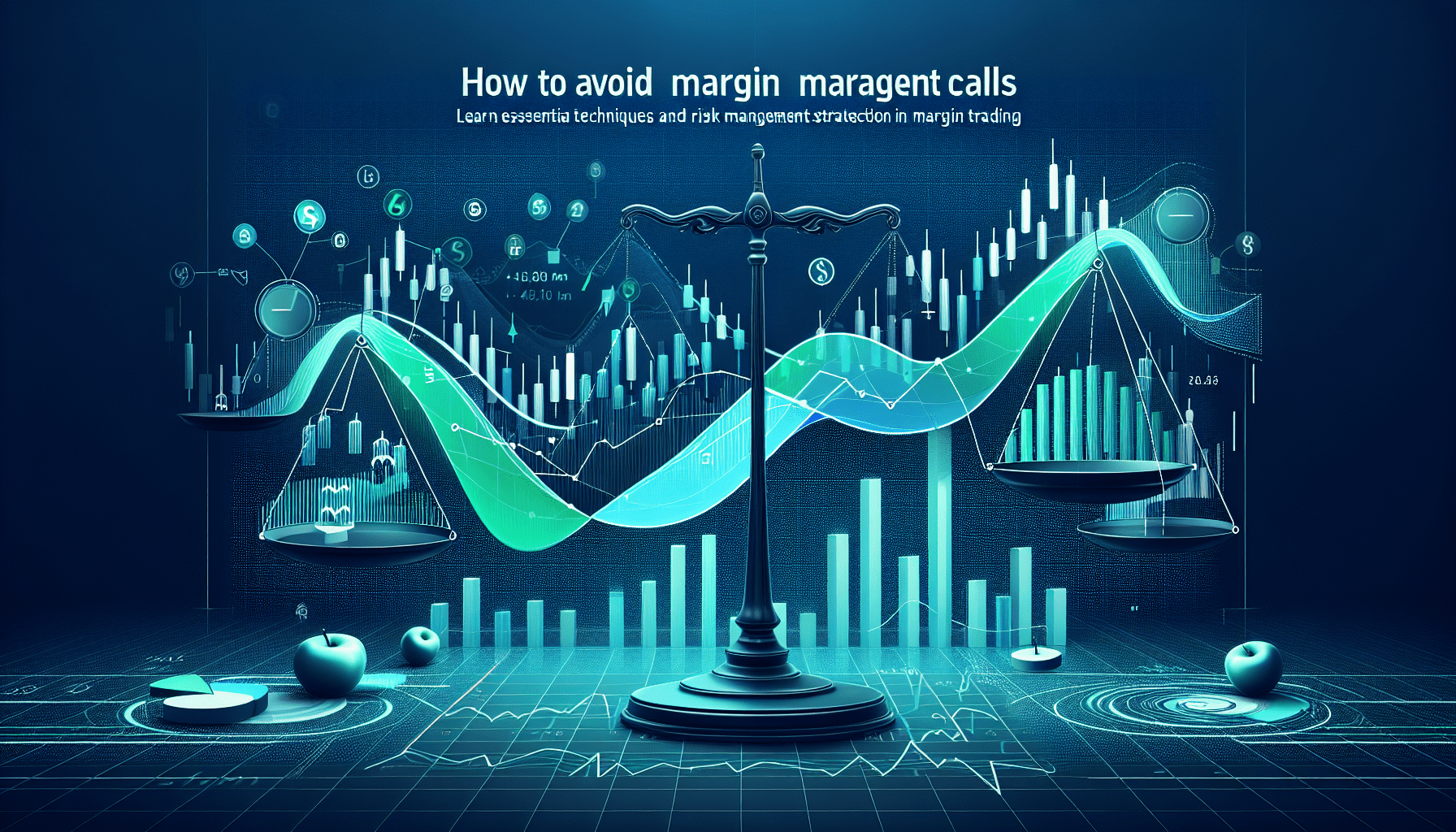How to Avoid Margin Calls in Prop Trading: Proven Strategies and Tools
In the high-stakes world of prop trading, managing risk is key to success. One of the primary concerns for traders is the dreaded margin call. This article outlines actionable strategies and practical tools that help you avoid margin calls, ensuring your trading operations remain robust and profitable.
Understanding Margin Calls in Prop Trading
A margin call occurs when the value of an account falls below the brokerage’s required minimum margin level, forcing traders to deposit more funds or close positions. In prop trading, this scenario can lead to heavily leveraged positions becoming unsustainable. Learning how to avoid margin calls is crucial to safeguard capital and maintain trading momentum.
What Causes Margin Calls?
- Over-leveraging: Exceeding risk tolerances without proper funding.
- Market Volatility: Sudden price swings can erode equity quickly.
- Poor Risk Management: Inadequate use of stop-loss orders and risk buffers.
Prop traders must be vigilant with their exposure and diligently monitor market conditions to mitigate these risks.
Actionable Strategies to Avoid Margin Calls
To effectively manage risk and avoid margin calls, prop traders need a robust risk management plan. Below are practical strategies that can help:
1. Implement Proper Position Sizing
Using a calculated approach to position sizing helps distribute risk across various trades. A smaller position limits the potential loss, making it easier to meet margin requirements during volatile market conditions.
2. Utilize Stop-Loss Orders
Stop-loss orders are crucial in preventing large losses by triggering a sale when prices hit a certain threshold. This automated exit reduces the impact of large adverse moves in the market.
3. Maintain Adequate Liquidity
Keeping extra liquidity in your account ensures that you can cover margin calls without needing to abruptly close positions. This buffer is vital for managing unexpected market shifts.
4. Regularly Review and Adjust Leverage
Review your leverage levels frequently. Tools like MetaTrader 4/5 allow you to adjust your margin settings and better understand leverage implications in real time, helping to prevent over-extension.
5. Adopt Automated Risk Management Tools
Integration of automated systems can significantly reduce human error. Premium platforms like TradingView and NinjaTrader provide real-time monitoring, technical analysis, and automated alerts, making it easier to adjust strategies on the fly.
Essential Backtesting and Prop Trading Tools
Alongside risk management strategies, using advanced trading tools can elevate your prop trading approach. Here’s a comparison of some widely recognized platforms:
| Tool | Strengths | Best Use Case |
|---|---|---|
| TradingView | Robust charting, community-driven ideas, and comprehensive indicators | Real-time analysis and strategy sharing |
| MetaTrader 4/5 | Widely used, automated trading capabilities with Expert Advisors | Forex and CFD trading coupled with deep market analysis |
| NinjaTrader | Advanced order management and extensive backtesting features | Futures and forex trading with focus on precision execution |
| QuantConnect | Algorithmic trading and backtesting with cloud support | Quantitative trading strategies and research |
This table provides a snapshot comparison to help you choose the right tool to integrate into your prop trading workflow. Each platform offers unique benefits, enhancing your ability to avoid margin calls through better analysis and risk control.
Integrating Technical Analysis into Your Strategy
Technical analysis is a cornerstone of risk management in prop trading. With powerful platforms like ProRealTime and TrendSpider, you can access in-depth charting tools, technical indicators, and algorithmic trade setups. Their functionalities allow you to simulate scenarios, optimize trading parameters, and ensure you maintain robust risk profiles under various market conditions.
Best Practices with Automated Tools
Here are key practices when integrating automated tools into your trading strategy:
- Regularly update your trading algorithms: Market dynamics change rapidly, so ensure your settings reflect current trends.
- Backtest thoroughly: Use historical data to simulate trades with platforms like Amibroker or Backtrader to verify the effectiveness of your strategy.
- Set realistic stop-loss and take-profit levels: Avoid both over-conservative and overly aggressive thresholds.
Key Considerations for Prop Trading Risk Management
As a prop trader, your primary objective is to protect your capital while maximizing returns. Here are additional considerations:
Stress Testing Your Portfolio
Conduct regular stress tests using platforms like Quant Tower. This helps assess how your portfolio would perform during extreme market conditions, thereby preparing you for unexpected downturns.
Continuous Education and Strategy Updates
The financial markets are constantly evolving. Be proactive by following industry news through platforms like Trade Ideas and FinViz, which offer timely market insights and advanced screening tools.
Moreover, internal resources such as our Prop Trading Risk Management Guide and Advanced Prop Trading Strategies provide in-depth analysis and more actionable tips to keep your trading edge sharp.
Common Pain Points and How to Address Them
Many prop traders face similar challenges when trying to avoid margin calls. Below are some commonly encountered issues along with their practical solutions:
Dealing with High Volatility
When volatility spikes, it can be challenging to manage positions effectively. Employing adaptive stop-loss strategies and reducing leverage during turbulent periods can be critical to maintaining margin stability.
Overconfidence in Automated Systems
While automation significantly aids in risk management, over-reliance without human oversight can result in missed signals. Regularly review automated trades and perform manual checks to ensure systems behave as expected.
Lack of Diversification
Diversifying trades across different assets not only spreads risk but also reduces the likelihood that a single market move will trigger a margin call. Consider a mix of equities, forex, and commodities when formulating your strategy.
Utilizing Real-Time Monitoring Tools
Real-time monitoring is essential to detect margin risks early. Platforms like TraderSync and Interactive Brokers offer robust alert systems that notify you of margin thresholds, enabling you to act swiftly before a margin call occurs.
Conclusion: Take Control of Your Prop Trading Future
Margin calls are a significant risk in prop trading, but with well-planned strategies and the integration of robust automated tools, they can be effectively managed. By employing proper position sizing, using stop-loss orders, maintaining liquidity, and leveraging tools like TradingView, MetaTrader, and NinjaTrader, you can create a resilient trading strategy.
Always remember to continuously refine your strategy, stress test your portfolio, and make use of real-time monitoring systems. This proactive approach will not only help you avoid margin calls but also enhance overall trading performance.
If you found this article helpful, consider downloading our free checklist on advanced prop trading risk management techniques or signing up for our upcoming webinar. Empower your trading journey with trust, precision, and robust risk management practices.







